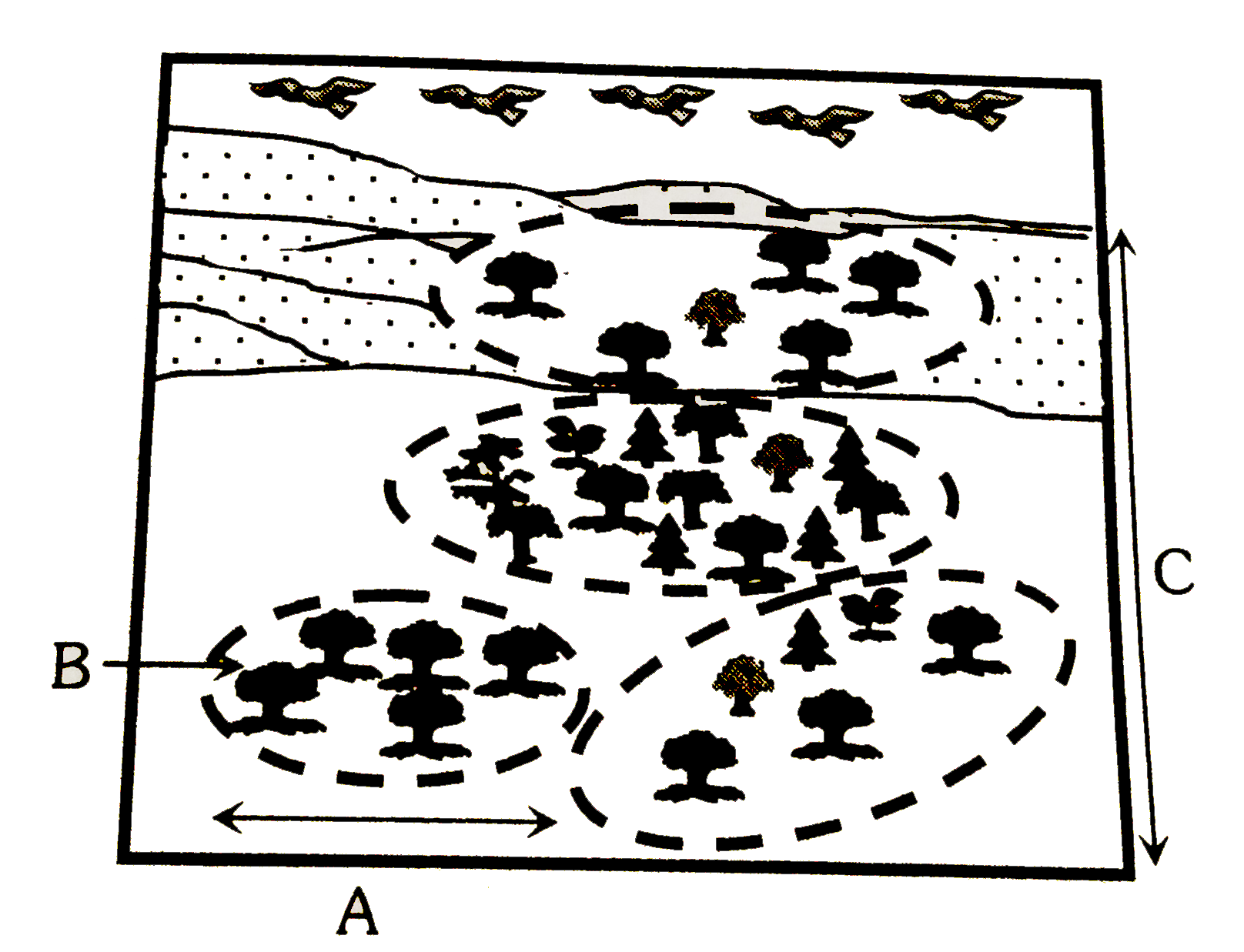Draw the diagrams of different types of aestivation.
To answer the question about drawing the diagrams of different types of aestivation, we will follow these steps:
1. Understand Aestivation:
- Aestivation refers to the arrangement of sepals and petals in a flower bud before it opens. It is important to know the different types of aestivation to accurately represent them.
2. Draw the Diagram for Valvate Aestivation:
- In valvate aestivation, the sepals or petals touch each other at the margins without overlapping.
- Diagram: Draw a circle representing the flower bud, and depict the sepals or petals touching at the edges without any overlap.
3. Draw the Diagram for Twisted Aestivation:
- In twisted aestivation, one margin of the sepals or petals overlaps the next one in a particular direction.
- Diagram: Draw a circle and illustrate the sepals or petals with one overlapping the next, creating a spiral effect.
4. Draw the Diagram for Imbricate Aestivation:
- In imbricate aestivation, the sepals or petals overlap each other but in a random manner, without following a specific direction.
- Diagram: Draw a circle and show the sepals or petals overlapping each other in a random arrangement.
5. Draw the Diagram for Vexillary Aestivation:
- Vexillary aestivation is characterized by five petals, where one is larger (the standard), two are lateral (the wings), and two are smaller (the keel).
- Diagram: Draw the five petals in the arrangement: one large petal at the top (standard), two lateral petals on the sides (wings), and two smaller petals at the bottom (keel).
Summary of Diagrams:
- Valvate: Touching margins, no overlap.
- Twisted: Overlapping in a specific direction.
- Imbricate: Random overlapping.
- Vexillary: Specific arrangement of five petals (standard, wings, keel).
- Aestivation refers to the arrangement of sepals and petals in a flower bud before it opens. It is important to know the different types of aestivation to accurately represent them.
- In valvate aestivation, the sepals or petals touch each other at the margins without overlapping.
- Diagram: Draw a circle representing the flower bud, and depict the sepals or petals touching at the edges without any overlap.
- In twisted aestivation, one margin of the sepals or petals overlaps the next one in a particular direction.
- Diagram: Draw a circle and illustrate the sepals or petals with one overlapping the next, creating a spiral effect.
- In imbricate aestivation, the sepals or petals overlap each other but in a random manner, without following a specific direction.
- Diagram: Draw a circle and show the sepals or petals overlapping each other in a random arrangement.
- Vexillary aestivation is characterized by five petals, where one is larger (the standard), two are lateral (the wings), and two are smaller (the keel).
- Diagram: Draw the five petals in the arrangement: one large petal at the top (standard), two lateral petals on the sides (wings), and two smaller petals at the bottom (keel).
- Valvate: Touching margins, no overlap.
- Twisted: Overlapping in a specific direction.
- Imbricate: Random overlapping.
- Vexillary: Specific arrangement of five petals (standard, wings, keel).
Topper's Solved these Questions
- MORPHOLOGY OF FLOWERING PLANTS BOOK - MODERN PUBLICATIONCHAPTER - MORPHOLOGY OF FLOWERING PLANTS EXERCISE - HIGHER ORDER THINKING SKILL (LONG ANSWER QUESTIONS )
6 Videos
- MORPHOLOGY OF FLOWERING PLANTS BOOK - MODERN PUBLICATIONCHAPTER - MORPHOLOGY OF FLOWERING PLANTS EXERCISE - QUICK MEMORY TEST ( SAY TRUE OR FALSE )
26 Videos
- MORPHOLOGY OF FLOWERING PLANTS BOOK - MODERN PUBLICATIONCHAPTER - MORPHOLOGY OF FLOWERING PLANTS EXERCISE - HIGHER ORDER THINKING SKILL ( VERY SHORT ANSWER QUESTIONS )
9 Videos
- MINERAL NUTRITION BOOK - MODERN PUBLICATIONCHAPTER - MINERAL NUTRITION EXERCISE - CHAPTER PRACTICE TEST
16 Videos
- NEURAL CONTROL AND COORDINATIONBOOK - MODERN PUBLICATIONCHAPTER - NEURAL CONTROL AND COORDINATIONEXERCISE - Chapter Practice Test
11 Videos
Similar Questions
Starting with the zygote, draw the diagrams of the different stages of embryo development in a dicot.
View SolutionCan you obtain the nature, position and relative size of images formed by a lens by drawing the ray diagrams ? If yes, draw neat ray diagrams to find different types of images formed by a convex lens.
View Solution
Knowledge Check
The following diagram shows different types of diversity.Identify them
 AA - Beta - diversity, B - Alpha - diversity, C - Gamma - diversityBA - Gamma - diversity, B - Beta - diversity, C - Alpha - diversityCA - Gamma - diversity, B - Alpha - diversity, C - Beta - diversityDA - Alpha - diversity, B - Beta - diversity, C - Gamma - diversity
AA - Beta - diversity, B - Alpha - diversity, C - Gamma - diversityBA - Gamma - diversity, B - Beta - diversity, C - Alpha - diversityCA - Gamma - diversity, B - Alpha - diversity, C - Beta - diversityDA - Alpha - diversity, B - Beta - diversity, C - Gamma - diversity
Draw the shapes of different types of artificial magnets.
View SolutionDraw a diagram showing different stages of projection for artifical satellite.
View SolutionThe following diagram represent the types of aestivation in corolla indetify the correct combination of labelling

View SolutionDraw a labelled diagram of eye .
View SolutionDefine cleavage. Draw a labelled diagram to show different stages of cleavage.
View SolutionThe mode of arrangement of sepals or petals in a floral bud is known as aestivation . Draw the various types of aestivation possible for a typical pentamerous flower.
View SolutionDescribe the structure and function of different types of epithelial tissues. Draw diagram of each type of epithelial tissue.
View Solution
